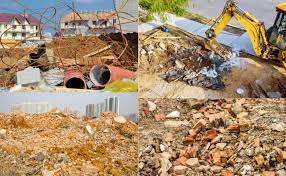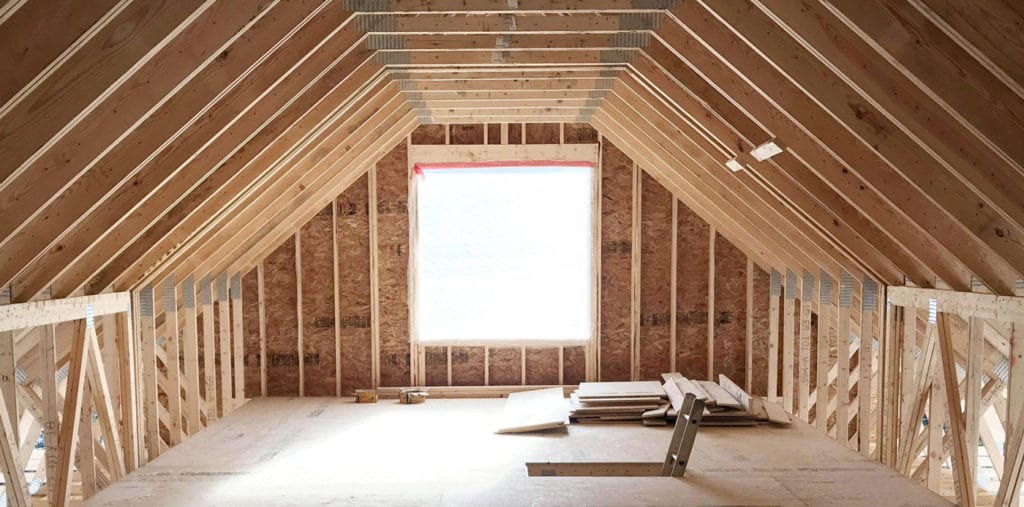Construction waste management is a crucial aspect of sustainable development. The construction industry is a significant contributor to waste generation, making it imperative to embrace innovative strategies that mitigate its environmental impact. This comprehensive guide seeks to revolutionize construction waste management by advocating for eco-friendly practices and reducing landfill-bound waste. By implementing these steps, construction companies can take significant strides towards a greener and more sustainable future.
Conduct a Waste Audit
Begin by conducting a comprehensive waste audit to understand the types and quantities of waste generated during construction projects. This involves analyzing waste streams from different stages of the construction process, such as demolition, excavation, and finishing. Use this data to identify the most significant sources of waste and opportunities for improvement.
Set Measurable Goals
Based on the waste audit findings, set clear and measurable waste reduction goals. These objectives should be specific, achievable, relevant, and time-bound. For example, aim to reduce overall waste generation by 20% within the next year or divert 80% of construction waste from landfills by implementing recycling and reuse initiatives.
Prioritize Waste Reduction Methods
Implement waste reduction methods that align with your waste management goals. Some effective strategies include:
Material Optimization: Plan and design projects with a focus on minimizing waste generation. Opt for prefabrication, modular construction, and accurate material estimations to reduce surplus materials.
Reuse and Recycling: Create a system to identify salvageable materials and set up partnerships with local recycling facilities. Encourage the reuse of materials like concrete, wood, and metal on-site or in future projects.
Waste Segregation: Set up clearly labeled waste segregation stations on construction sites to separate different types of waste, making recycling and disposal more efficient.
Composting: Introduce composting for biodegradable waste, including food scraps and yard trimmings, to decrease the amount of organic waste disposed of in landfills.
Upcycling: Encourage creative ways to repurpose construction waste into new products, reducing the demand for raw materials.
Educate and Train Workers
Educate and train construction workers and staff on the importance of waste management and the specific waste reduction strategies being implemented. Ensure that everyone understands their roles in the process and how they can contribute to achieving the waste management goals.
Monitor and Track Progress
Establish a monitoring and tracking system to measure the progress towards waste reduction goals. Regularly assess the effectiveness of waste management initiatives, identify areas for improvement, and make adjustments as needed.
Collaborate with Suppliers and Contractors
Engage with suppliers and contractors to foster a waste-conscious culture throughout the supply chain. Encourage them to adopt sustainable practices and provide incentives for meeting waste reduction targets.
Celebrate Success and Promote Transparency
Celebrate achievements and milestones reached in waste reduction efforts. Share success stories with employees, stakeholders, and the wider community to promote transparency and inspire others to follow suit.
Conclusion:
Revolutionizing construction waste management requires commitment, collaboration, and a systematic approach. By conducting waste audits, setting measurable goals, implementing waste reduction methods, educating workers, and tracking progress, construction companies can significantly decrease their environmental impact and contribute to a more sustainable future. Through the adoption of these environmentally-friendly practices, the construction industry can lead the path towards a more sustainable and conscientious approach to shaping our world.




